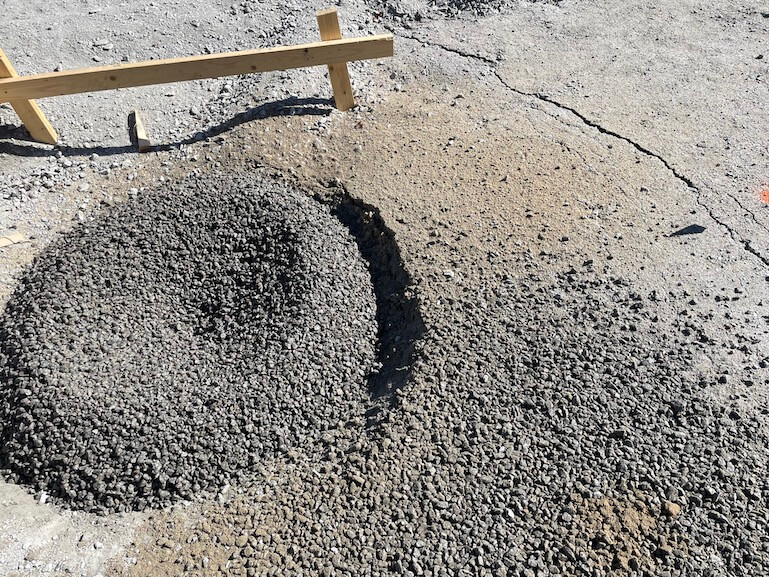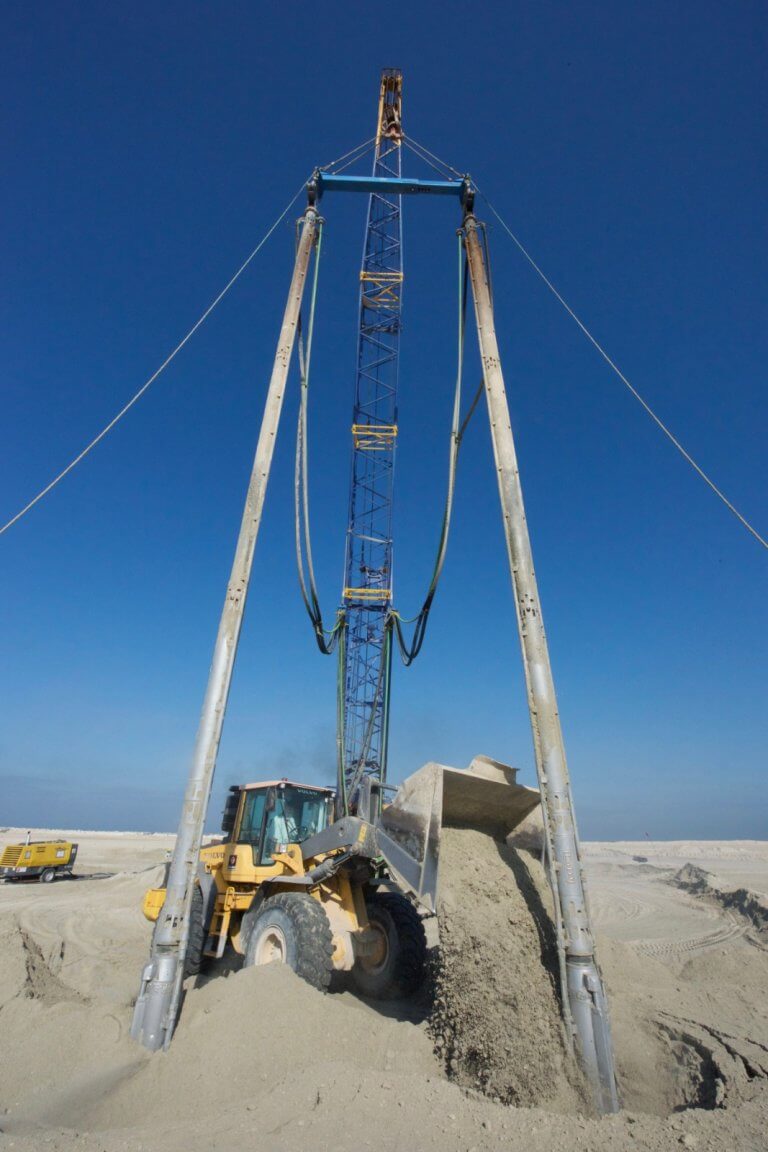Liquefaction Mitigation
What is liquefaction?
Liquefaction occurs when an earthquake or other dynamic load is applied to a water saturated relatively loose soil. The dynamic loads redistribute the soil particles, resulting in water pressure buildup, that causes the soil to temporarily lose strength and thereby act like a liquid. Liquefaction has the potential to cause significant structural damage if the risk of liquefaction is not mitigated.
How can liquefaction be mitigated?
Liquefaction can be mitigated either by densifying the soil, providing a drainage path for built up water pressure, or by reinforcing the soil with stiffer elements than the soil itself. AMPiers achieve all three effects.
The densification effect is created by inducing the cyclical stress of an earthquake with a vibrator before an earthquake occurs.
The AMPier and Vibrocompaction methods locally liquefy and thereby densify soils before a structure is built to ensure that the soil has already received and can resist the typical type of stress that an earthquake can exert.



